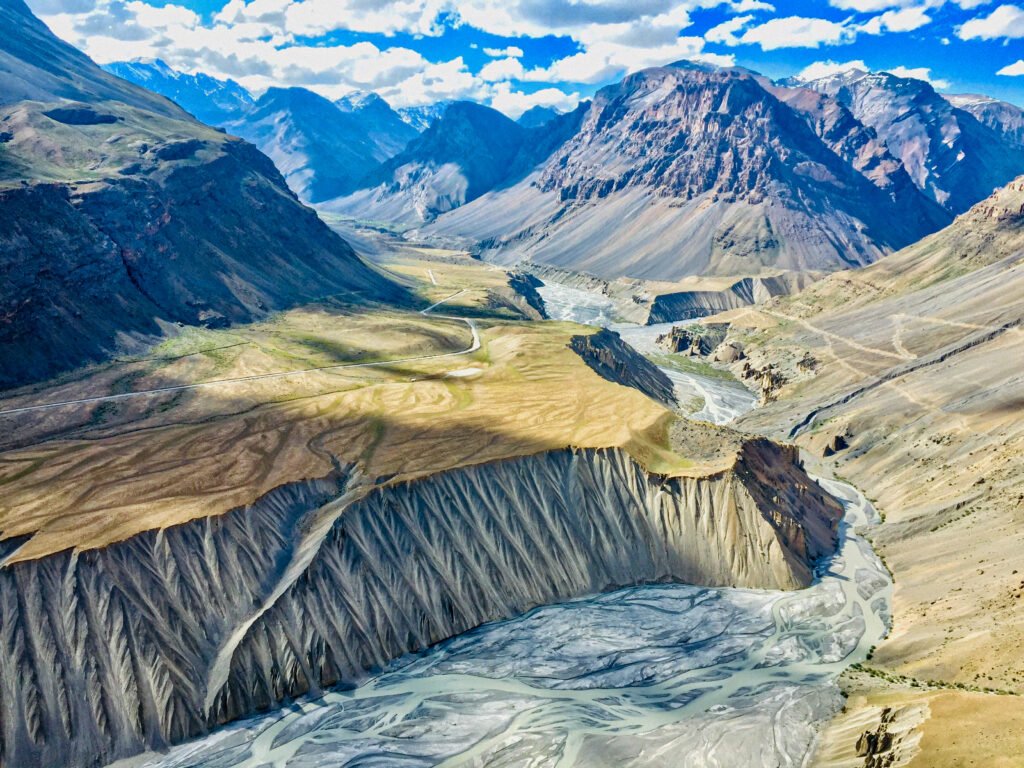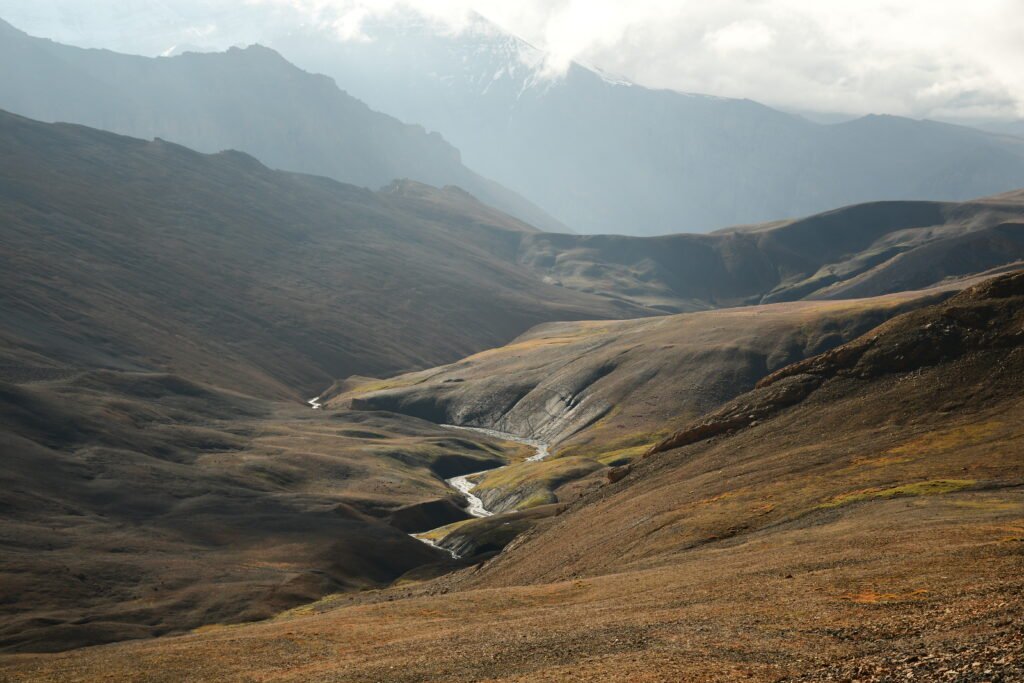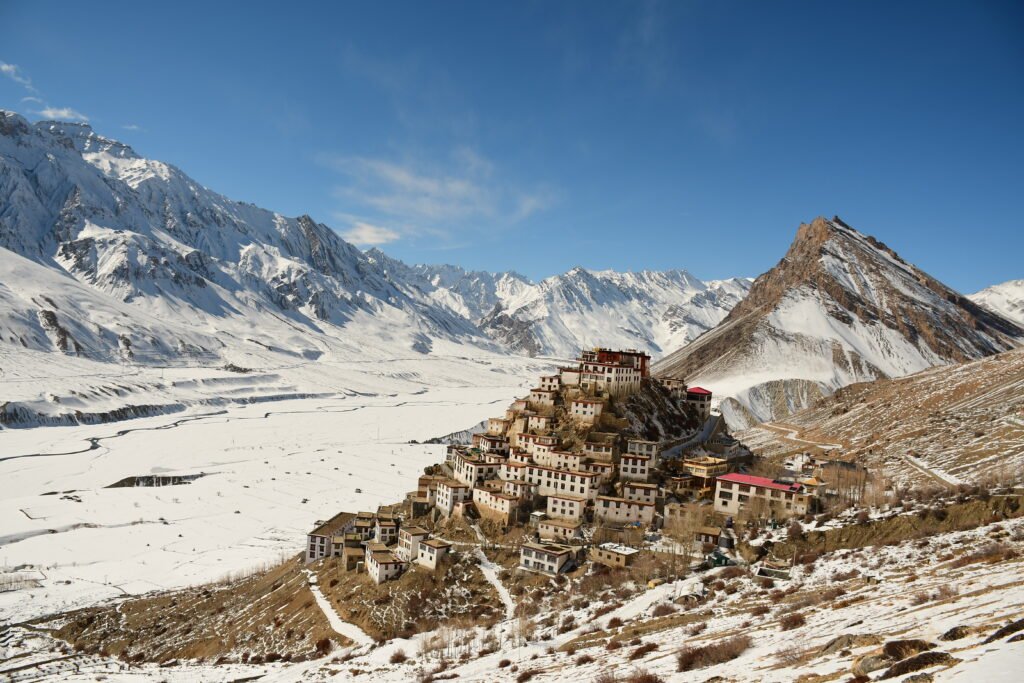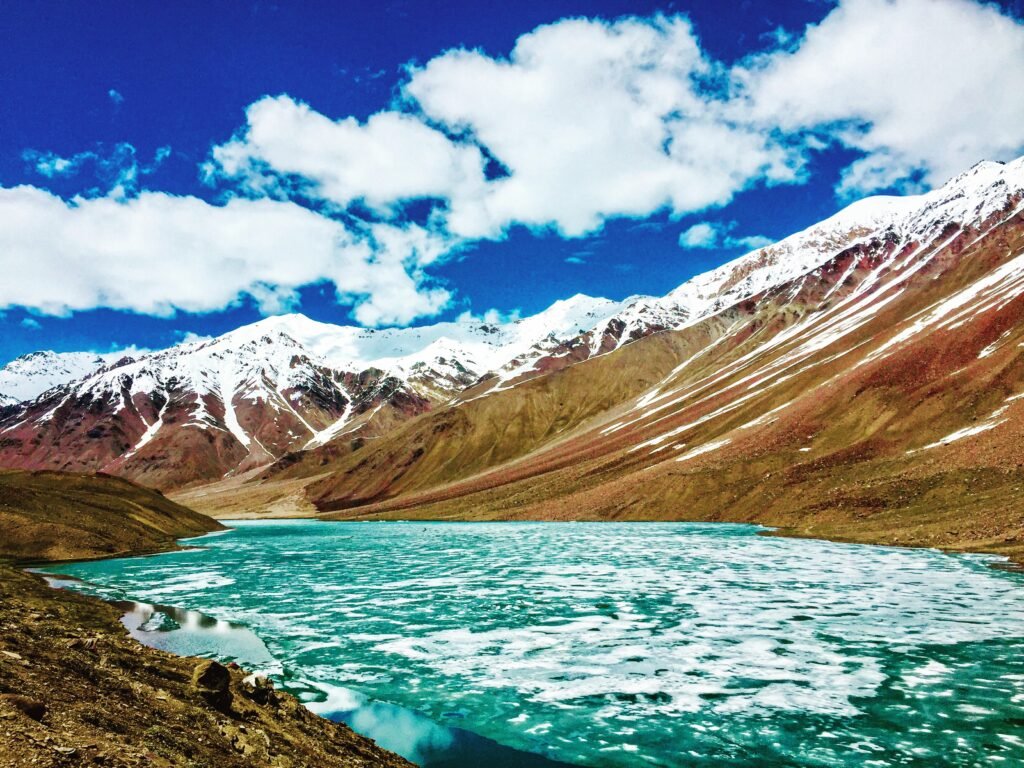Spiti valley – Now included in UNESCO’ World network of Biosphere reserves.
Himachal Pradesh’s pride, the Spiti Valley of Lahaul-Spiti district, has been recognized as the country’s first Cold Desert Biosphere Reserve under UNESCO’s prestigious Man and the Biosphere (MAB) Programme. The recognition was formally conferred during the 37th International Coordinating Council (MAB-ICC) meeting held in Hangzhou, China from 26th–28th September 2025. With this inclusion, India now has a total of 13 Biosphere Reserves in the MAB Network.
Congratulating the Forest Department and its Wildlife Wing, the Hon. Chief Minister said, “The State Government is committed to protect and conserve Himachal Pradesh’s rich natural and cultural heritage and fragile ecology in the era of climate change, while ensuring harmony between developmental activities and nature.”
The Spiti Cold Desert Biosphere Reserve spans a geographical area of 7,770 sq. km, covering the entire Spiti Wildlife Division (7,591 sq. km) and adjoining parts of the Lahaul Forest Division, including Baralacha Pass, Bharatpur, and Sarchu (179 sq. km). Situated at altitudes ranging from 3,300 to 6,600 metres, the Reserve falls within the Trans-Himalaya biogeographic province of the Indian Himalaya. The Reserve is structured into three zones, 2,665 sq. km of core zone, 3,977 sq. km of buffer zone and 1,128 sq. km of transition zone. It integrates Pin Valley National Park, Kibber Wildlife Sanctuary, Chandratal Wetland, and the Sarchu Plains, representing a unique cold desert ecosystem shaped by extreme climate, topography, and fragile soils. The region is ecologically rich, harbouring 655 herbs, 41 shrubs, and 17 tree species, including 14 endemic and 47 medicinal plants central to the Sowa Rigpa/Amchi healing tradition. Its wildlife includes 17 mammal species and 119 bird species, with the Snow Leopard as a flagship species. Other notable species include the Tibetan wolf, red fox, ibex, and blue sheep, Himalayan snow cock, golden eagle and bearded vulture. With more than 800 blue sheep, Spiti Valley alone, provides a strong prey base for large carnivores. Amitabh Gautam, PCCF (Wildlife) said, “This recognition firmly places Himachal’s cold deserts on the global conservation map. It will enhance international research collaboration, promote responsible eco-tourism to support local livelihoods, and strengthen India’s efforts to build climate resilience in the fragile Himalayan ecosystems.





